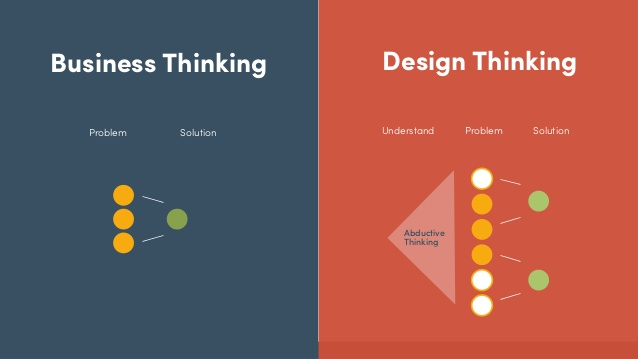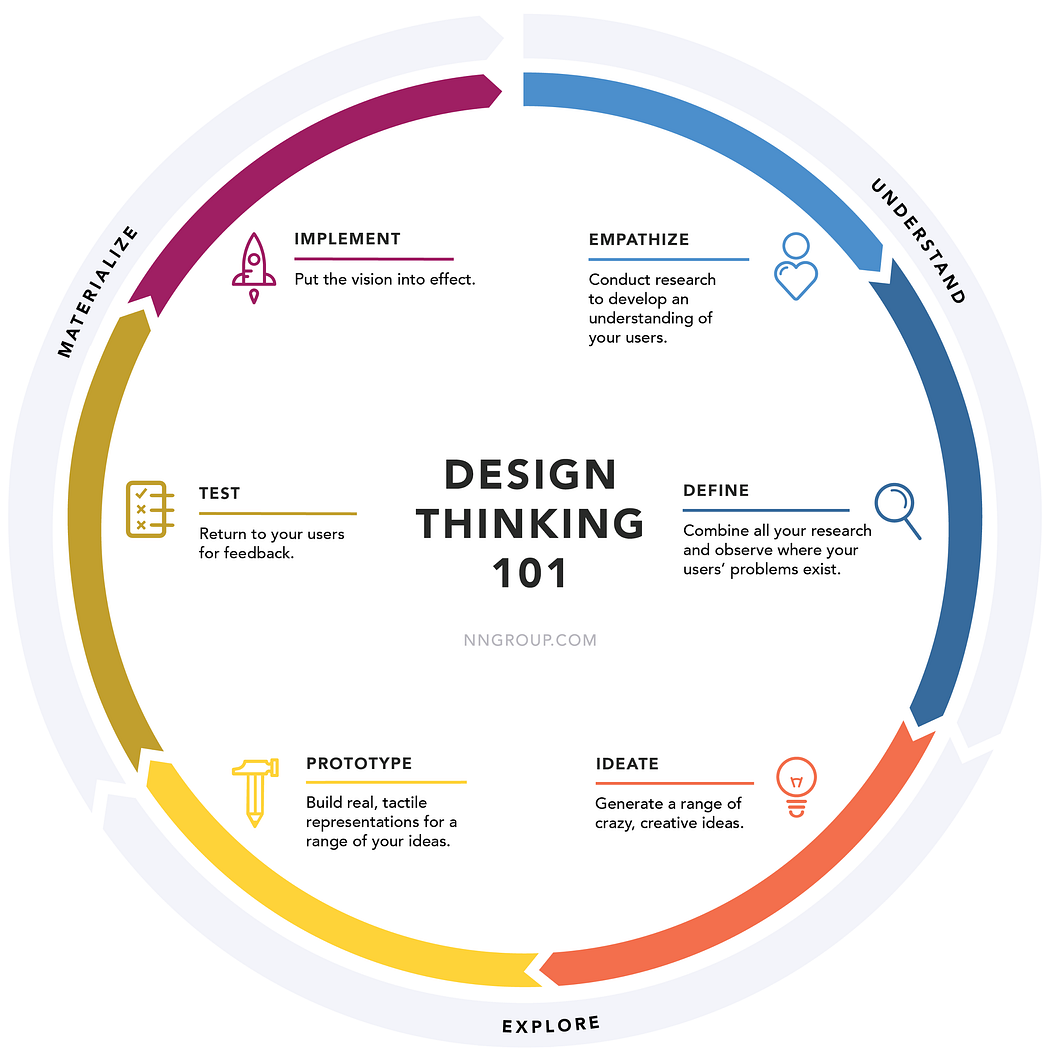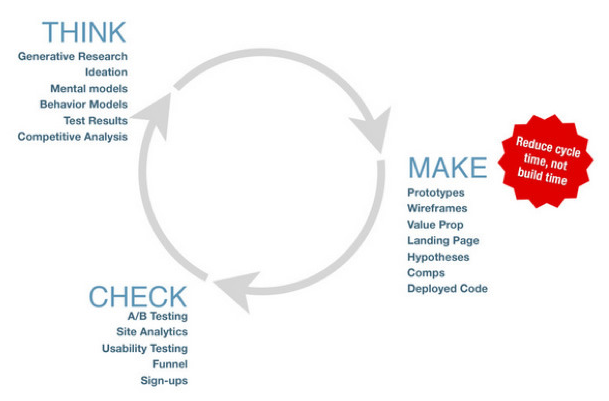Let's learn, share & inspire each other. Sign up now 🤘🏼
 ARTICLE
ARTICLE
 9 min read
9 min read
The Evolution of UI/UX Designers Into Product Designers
What is a product? Until recently, the term was only used in relation to something material and often found in a retail store, but nowadays it is coming to mean digital products as well.

When it comes to building great products, design is the most important “feature.” We’ve moved into the stage where product design dominates — it’s what sets companies apart and gives a real edge over competitors.
The design industry has evolved quite a lot in the last few years and today there are a number of different responsibilities encompassed by the umbrella term designer: UX Designers, UI Designers, and Product Designers. “What is the difference between these job roles?” is a fairly common question in design industry. Let’s attempt to distill what each of these titles really mean, and look at why the evolution of UI/UX Designers into Product Designers is a logical development in the era of modern technology.
UX, UI, Product: Who Does What?
All of these roles have one thing in common — they all design how a user interacts with a product. But these people all perform slightly different functions to reach the same goal.
UX Designer (User Experience Designer)
UX designers are primarily concerned with how the product feels. The goal is make the user’s interaction as efficient and simple as possible. UX designers look at design from the mindspace of a user and squash potential problems by:
- Writing various product user scenarios and building patterns of interaction.
- Resorting to various kinds of testing and watching what users do (e.g. usability-lab studies, eye-tracking, A/B testing, email surveys, etc).
- Prototyping an interface and creating the products logic via wireframes.

Low-fidelity prototyping out of cardboard in Nintendo is one way to actually know what a product would feel like.
UI Designer (User Interface Designer)
UI designers, on the other hand are the people who are primarily concerned how the product looks. They responsible for how we see the product in its final version. They are in charge of designing each screen or page with which a user interacts and ensuring that the user interface visually communicates the logic that a UX designer has offered (for example, a UI designer creating a data dashboard can front load the most important content at the top). UI designers are also responsible for creating a style guide and unified visual language that is applied across the product.

UI Designer finds the best way to highlight elements that should grab user’s attention.
Product Designer
Product Designer is a sum-up term used to describe a designer who is generally involved in the creation of the look and feel of a whole product. Many product designers consider themselves to be designers who design experiences. This means that a product designer is the one who gives real insight to UX and UI designers when it comes to how certain features should work, or how a certain UI control should look.

Product Designer is responsible not only how the experience looks, but also how it works and what it does. Credits: Behance
Companies use the term ‘Product Designer’ differently; the most general definition is a person who’s a champion of a user’s needs. As Justin Edmund said, “A product designer oversees product vision from a high level (how does this feature make sense for where we want to be in 6 months) to a low execution level (how does styling this button this way impact how the user flows through this function).”
Drivers of Design Evolution
Design and its component practices are like any other craft: you can always develop a deeper familiarity with the minutiae and master your skills by taking more active role in whole design process. There’s a general positive trend of designers taking on a larger scope of responsibilities within the product development process, and here are some drivers for this trend:
Design Thinking
Design thinking has become a popular approach for designing a product. The best design reflects the product’s goals. Good designers have always applied design thinking to product design, whether physical or digital, because it’s focussed on end-to-end product development, not just the “design phase” part.

Design thinking is a human-centric creative process to build meaningful and effective solutions for your users.
When thinking in products, designers should understand business objectives and be able to answer the following questions first:
- What problem do we solve?
- Who has these problems?
- Why are we doing this?
- How are we doing this?
- What do we want to achieve?
Answering these questions helps designers understand the user experience of a product as a whole; not purely as interaction (feel) or visual (look) design part. Only after that it makes sense to move to the actual state offinding a design solution which includes following 6 phases:
- Empathize: Conduct research to develop a deeper understanding of your users.
- Define: Combine your research and observe where your users’ problem exist. In pinpointing your users’ needs, begin to highlight opportunities for innovation.
- Ideate: Generate a range of potential solutions by giving yourself and your team total freedom.
- Prototype: Build a prototype (or series of prototypes) to test your solution. Creating a prototype lets designer see if they’re on the right track, and often sparks different ideas that wouldn’t come in other cases.
- Test: Return to your users for feedback. Ask yourself ‘Does this solution meet users’ needs?’
- Implement” Put the vision into effect. Ensure that your solution is materialized and works for your users. This step is crucial for the entire process.

Design Thinking framework.
Collaborative Work
More and more companies try to unify designers and developers into the development process. This new way of product development has two major benefits:
- Working together in a collaborative environment creates a situation where team members are encouraged to think wildly. Also embracing the critique of a whole team is the best way to refine something that, if designed in isolation, is at risk of becoming impossible to use.
- Methodologies such as Agile and Lean leads to designers and other team members working more cross-functionally with larger scopes of responsibility.

A unified process fosters better work.
Continuous Improvement (Iterative Design)
Unlike more traditional forms of design, design process for digital products isn’t a one-time thing and designers should never assume to get everything right on the first go. Implementation often reveals gaps in the design: undocumented conditions or bad assumptions about product usage, which hard to predict without shipping the product.

How Spotify builds products. (Think It, Build It, Ship It, Tweak It).
To design a successful product you need to adopt a process of continuous improvement. Iterative design follows the idea that design should be done in repeated cycles: it’s a process of constantly refining and improving the product based on both qualitative and quantitative feedback data from your users. This is a great opportunity for designers to see a bigger picture, improve their work based on user feedback and make the product inherently more valuable to the user.

Product design is an iterative process that relies on design thinking.
Conclusion
Product design represents the next enlargement of design scope, from just user experience design towards an even broader state of design for an entire product.
The best products are built by people who understand the whole product, not just their silo. In order to make such products, UI/UX Designers should look to evolve into Product Designers who are able to generate and process a additional information to get the best result.
Groups


 Comment
Comment











Raju 22 Sep, 2022
I think it also helps to differentiate from UX folks who focus on marketing efforts. For example designers at my company that focus on our .com vs designers who work on our SASS product.
Zaid 22 Sep, 2022
UX designers are primarily concerned with how the product feels? NO. UI designers, on the other hand are the people who are primarily concerned how the product looks? NO. Product Designer is a sum-up term used to describe a designer who is generally involved in the creation of the look and feel of a whole product? NO. Seeing 1k people are clapping for this article makes me worried. This article is misleading. Design is way beyond look and feel. Like Steve Jobs said, “That’s not what we think design is. It’s not just what it looks like and feels like. Design is how it works.”
Habita 22 Sep, 2022
Yes, the lines between all the U’s and X’s has become so blurry. So blurry that we’ve been struggling to define these titles for more than a decade. What if we just call ourselves, “Designer”? But we can’t do that because our identity and ego is so trapped in all the prefixes. You say, “that’s bollox!”. Well, go and change your title on Twitter, LinkedIn, Behance and Dribbble to just say, “Designer”. No UX, UI, Product, Service or Unicorn prefixes. Just. Designer. What story is playing out in your head? I won’t spoil it for you. Go and try it. One thing I’ll say: It’s crap difficult. “But we need roles”, you say. “How will we hire the right person?” Or “What if I don’t get hired?” And there, exactly lies the problem. We’ve started to hire (or not hire) people for who they say they are (or wish to be) instead of who they really are. If we level the playing field here and remove all the prefixes, the only thing we are left with, is who we really are and what we can contribute to our teams and organisations. And perhaps that’s what we need as an industry: Just designers.